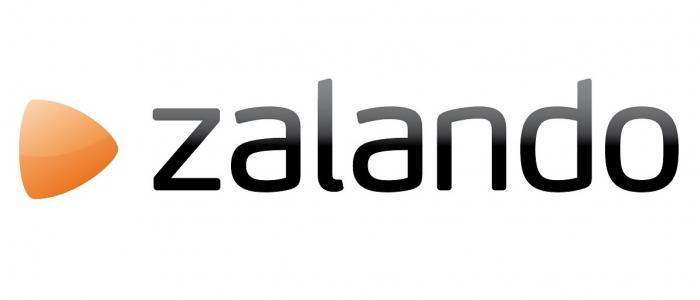Zalando successfully completes Green Invest study
Author: Dimitri Lagun
Date: 07.08.2018
Intelligent technology combinations in logistics centers
Zalando carried out the Green Invest preliminary study at its logistics location in Erfurt in order to research intelligent technology combinations for the in-house production and storage of electricity. The online mail order company has teamed up with the logistics network Thuringia, the network company AHP, Lindig, maxx solar and the Weimar Energy Efficiency Institute. The project was supported by the Thuringian Green Invest program with funds from the European Regional Development Fund.
The focus of the project was the linking of a static-friendly lightweight photovoltaic system. This was installed on the roof or over the parking spaces of the logistics center. Furthermore, an ice storage was installed for the storage of generated electricity and load transfer of the power consumption of the building cooling. Electricity that cannot be used directly is therefore temporarily stored and is retrievable if required. The aim of the study is to push the climate protection and to relieve public power grids.
The technology could save up to 2,000 tons of carbon dioxide a year. Furthermore, thermal storage, which provides intelligent control of load shifts, can reduce the logistic center’s connected load on average by more than one megawatt per year. As the electricity is produced by the plant itself, the load on the public grid is reduced. The center’s net electricity costs can be reduced by over 12 percent.
“The results of the study are very promising. By implementing this trendsetting technology, we could not only generate our own green electricity and relieve the electricity supplier, but also reduce our operating costs – a benefit for all involved” says Daniel Behlert, site manager of the logistics center of Zalando in Erfurt.
“Our preliminary study shows that installing a photovoltaic system with a system-integrated ice storage facility here at the Zalando distribution center in Erfurt would reduce greenhouse gas emissions by almost 2,000 tons of carbon dioxide per year. This corresponds to annually emissions of around 1,000 households of average size. It would be the first company ever to use this new technology combination of this size. This would be a true flagship project for the Erfurt site and the Thuringia region” explains Prof. Dr. med. Uwe Arnold, study leader and Managing Partner at AHP.
Since the project was successfully completed, the technology should now to be implemented. The concrete planning, investment preparation, installation and commissioning are following. It should happen in the first half of 2019.



Comments are closed.